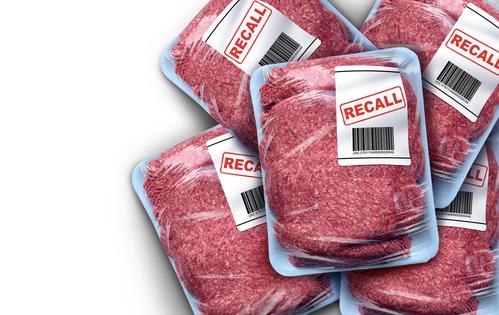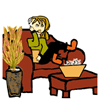Eating Well: Don’t do these things if you have a recalled food in your kitchen
Published in Health & Fitness
Food recalls can be alarming, especially when they make the news. A food recall occurs when a company identifies that a food product may be contaminated or mislabeled and removes it from the market. One of the most serious reasons for a recall is the risk of foodborne illness caused by contamination with bacteria or viruses. Others include contamination or incorrect labeling, which is especially concerning if the product contains food allergens or ingredients people need to avoid.
Fortunately, food recalls are taken very seriously, and companies must take appropriate action to protect public health. If you think a food in your kitchen has been recalled, it’s important to avoid these common mistakes.
1. Don’t panic.
If you see a news article or story that mentions a food recall — like strawberries — don’t assume they’re all affected. Food recalls are highly specific, often limited to certain crates or batches. According to the U.S. Department of Agriculture’s (USDA) policies for recalls, manufacturers must notify consignees, such as grocery stores, restaurants, and other food suppliers. These consignees then use various methods to inform the public, including social media, the news, or a notice at the point of purchase.
Recall notifications usually include the food item or brand, batch numbers, and important dates, such as production or sales period. By staying calm and comparing the recall details with the items you purchased, you can determine if your food was affected—and, if it is, take the necessary actions to stay safe.
2. Don’t ignore the recall.
While the chances that food in your home will be recalled are relatively low, if you see a recall of a product you use in your household, don’t ignore it. Do your due diligence and look into the recall. Follow the information provided or go to FoodSafety.gov and visit the recalls and outbreaks page. The U.S. Department of Agriculture (USDA), U.S. Food and Drug Administration (FDA), and Centers for Disease Control (CDC) also have lists and instructions for recalls. Look for the Universal Product Code (UPC), a unique number that indicates the specific products being recalled, and follow any additional instructions provided.
As an added precaution, the CDC recommends cleaning any surfaces or cookware that may have come into contact with recalled products using a sanitizing solution or a diluted bleach solution (1 tablespoon of unscented liquid chlorine bleach in 1 gallon of water).
3. Don’t taste products.
Although recalls are often done as a precaution, it’s never a good idea to eat a recalled product — even to “check it.” Contaminants aren’t always easy to detect by taste, and even a small amount can cause harm. For those with allergies, it’s especially risky to expose yourself to potential triggers. Avoid opening the recalled product altogether.
4. Don’t rush to throw it away.
Always follow the specific instructions in a recall to properly dispose of the affected product. While some recalls may simply advise you to throw out the food item, others involve contaminants that may be harmful to animals or people who come into contact with your trash.
5. Don’t skip the refund.
Frequently, recall instructions will ask you to return the item to the point of purchase — like your grocery store — so that it can be properly documented and disposed of. In most cases, this also makes you eligible for a refund.
(EatingWell is a magazine and website devoted to healthy eating as a way of life. Online at www.eatingwell.com.)
©2025 Dotdash Meredith. All rights reserved. Used with permission. Distributed by Tribune Content Agency, LLC.










Comments